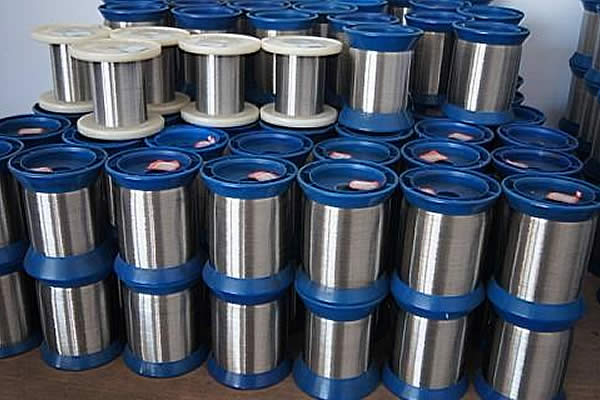 TEL:
+86-13102802206
TEL:
+86-13102802206
 Email:
fencenetting@china.com
Email:
fencenetting@china.com
 Language
Language
 TEL:
+86-13102802206
TEL:
+86-13102802206
 Email:
fencenetting@china.com
Email:
fencenetting@china.com
 Language
Language


The Price of Ductile Iron Pipe An Overview
Ductile iron pipe has become a prominent choice in various infrastructure projects due to its favorable mechanical properties and durability. This type of pipe is primarily used in the transportation of water and wastewater, making it essential for municipal and industrial applications. However, the price of ductile iron pipes can vary significantly based on several factors, which we will explore in this article.
Understanding Ductile Iron Pipe
Ductile iron pipe is produced by adding alloys such as magnesium to molten iron, which transforms its structure and enhances its strength, making it far more ductile than traditional cast iron. This increased ductility enables the pipe to withstand higher pressures and stresses, making it an ideal solution for demanding environments. Ductile iron pipes often have a long lifespan, sometimes exceeding 100 years, further adding to their appeal in long-term investments.
Factors Influencing Prices
1. Raw Material Costs The primary factor influencing the price of ductile iron pipe is the cost of raw materials. Iron ore, charcoal, and alloying elements fluctuate in price based on global supply and demand dynamics, political stability in mining regions, and trade policies. As these costs rise, so do the prices of finished ductile iron pipes.
2. Manufacturing Process The complex manufacturing process of ductile iron pipes involves multiple stages, including melting, casting, and heat treatment, each requiring energy and technology. Fluctuations in energy prices, particularly oil and electricity, can significantly impact the overall cost of production.
3. Market Demand Demand for ductile iron pipes can vary based on construction trends, infrastructure development projects, and governmental investments in water supply and wastewater systems. In regions where major infrastructure upgrades are underway, the demand and, consequently, the price of ductile iron pipes are likely to increase.

4. Diameter and Wall Thickness The specifications of the pipe, including its diameter and wall thickness, also affect pricing. Larger diameter pipes require more raw materials and may need specialized handling and transportation, increasing costs. Similarly, thicker wall pipes are more expensive due to the additional material requirements.
5. Geographical Factors Location plays a crucial role in the pricing of ductile iron pipes. Transportation costs vary based on how far the pipe manufacturer is from the end-user, and prices may also be affected by local taxation policies, tariffs, and regional demand fluctuations.
6. Competition and Regulation The level of competition among manufacturers and local regulations can also have an impact on pricing. In some regions, stricter environmental regulations can increase production costs, which may be passed on to consumers. Conversely, high competition can lead to price reductions as companies vie for market share.
Current Market Trends
As of 2023, the ductile iron pipe market is experiencing increased demand in many regions, particularly in developing countries where infrastructure investments are on the rise. The demand for water supply systems, driven by population growth and urbanization, continues to push the market forward. However, global economic challenges, including fluctuations in raw material prices and supply chain disruptions, create uncertainty for manufacturers and suppliers alike.
Conclusion
The price of ductile iron pipes is influenced by a multitude of factors ranging from raw material costs to market dynamics. Understanding these variables is crucial for stakeholders in the construction and utilities sectors as they plan budgets and make purchasing decisions. As the infrastructure landscape continues to evolve, the ductile iron pipe market will likely see ongoing changes, making it essential for industry players to stay informed about current trends and pricing strategies.